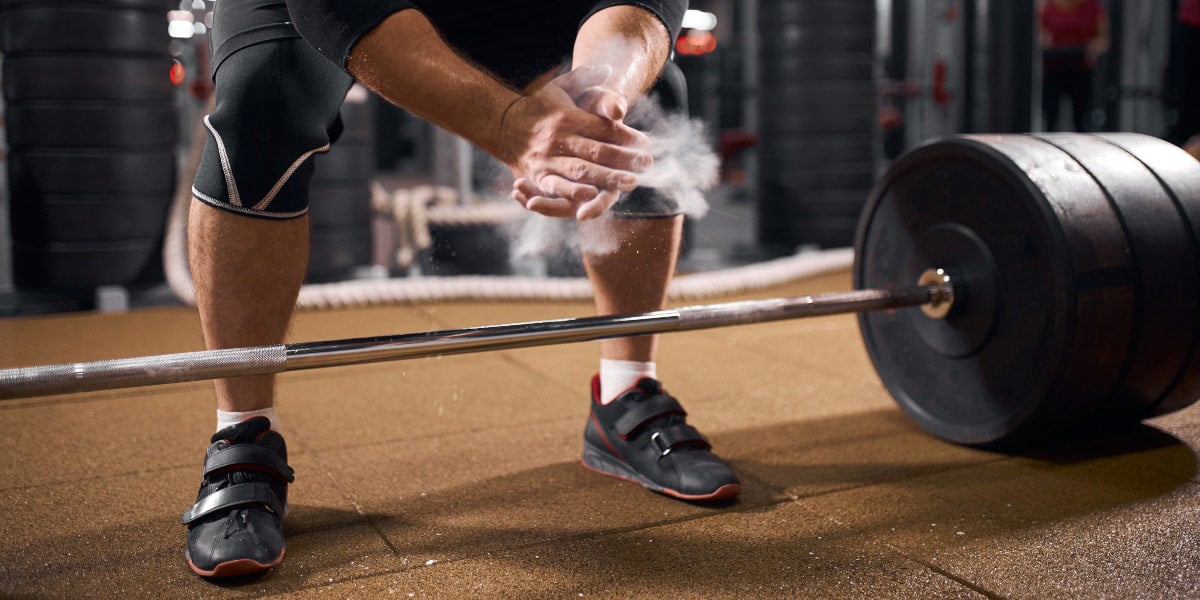Red Light Therapy for Increased Sports Performance
You’ve probably seen red light therapy beds or panels popping up in gyms and wellness centers, but what are they for? And—do they work?
Red light therapy is a type of photobiomodulation therapy that uses panels of specific red LED lights, and they’re showing up in your gym because they help with injury prevention and increased athletic performance.
What is Light Therapy?
Light therapy, is a type of photobiomodulation therapy. A light therapy device emits light at a specific wavelength that is readily absorbed by cytochrome c, a protein that is part of a cell’s mitochondria. Absorbing this light energy from light therapy devices boosts cellular energy through increased production of ATP from the mitochondria. Through this, photobiomodulation therapy helps to reduce pain, swelling, and stiffness in muscles and joints.
Why Light Therapy for sports performance?
Light therapy can be beneficial even if there is no injury or chronic issue present, which is why athletes and sports teams have started using photobiomodulation therapy as part of their regular training and exercise. Photobiomodulation helps improve athletic performance by reducing muscle fatigue and increasing endurance as well as preventing or treating injury at the first signs before pain becomes persistent.
When using an FDA-registered light therapy device, there is minimal risk involved. Clinical evidence shows that light therapy photobiomodulation is a safe and effective treatment, with many individuals experiencing no adverse effects. Other devices used for sports performance, such as cryotherapy chambers, don’t have the same consistent clinical results and can be quite dangerous.
Prevent Injury With Light Therapy
One of the most popular applications of light therapy is to prevent injury. Of course, one of the most important ways to reduce the risk of injury is to have a proper warm-up. A warm-up gradually increases heart rate and circulation to loosen joints and increase blood flow to muscles. Light therapy helps with warm-up through a process called vasodilation, in which blood vessels widen and allow more blood flow throughout the body.
A good warm-up prevents injury by ensuring that the body is ready for more intense movement. However, light therapy can be used at the first sign of injury as well to promote healing and prevent further damage as well as relieve pain and swelling.
Reduce Muscle Fatigue With Light Therapy
Muscle fatigue is the loss of the body’s ability to generate force—it’s why the tenth rep is harder than the first. Muscle fatigue affects every person in every sport. While training and regular exercise build up strength and endurance, there is still a point where muscles will fatigue, and performance will drop. Muscle fatigue has two causes, both of which can be affected by light therapy:
- Energy shortage in muscle fiber
- Build up of metabolites in muscle fiber
Energy Shortage
Molecules called substrates control muscle contraction, and muscle fatigue strikes when their supply runs low. As we mentioned previously, light therapy has a photochemical effect on the mitochondria, which are responsible for the production of the substrate, ATP. Light therapy increases the production of ATP and gives athletes more energy supply to go further.
Build Up of Metabolites
Metabolites are generally waste products that result from muscle contraction, and they include substances like potassium, lactic acid, and reactive oxygen species. These metabolites cause that burning feeling in muscles during exercise and contribute to muscle fatigue. Light therapy reduces the buildup of lactic acid because it inhibits the activity of the enzyme that causes its production, LDH, which is responsible for reducing pyruvate into lactate.
So Should You Use Light Therapy Before or After Exercise?
One benefit of light therapy and other forms of photobiomodulation therapy is that there is no downtime, so you can use it before or after exercise. So far, we’ve discussed how using light therapy before exercise is beneficial to prevent injury, improve warmup, and reduce muscle fatigue. However, there are benefits of using light therapy after a workout, too.
Using light therapy after a workout can help reduce muscle soreness in the days following exercise. Muscle soreness is most likely caused by minor muscle damage that causes an inflammatory response. Increased cellular energy from photobiomodulation helps inflammatory mediators get to damaged muscle tissue faster, resolving soreness and repairing damage before it can become a bigger problem.
Looking to try light therapy for yourself? Find a TheraLight Light Pod provider near you through the link below and crush your next workout.

